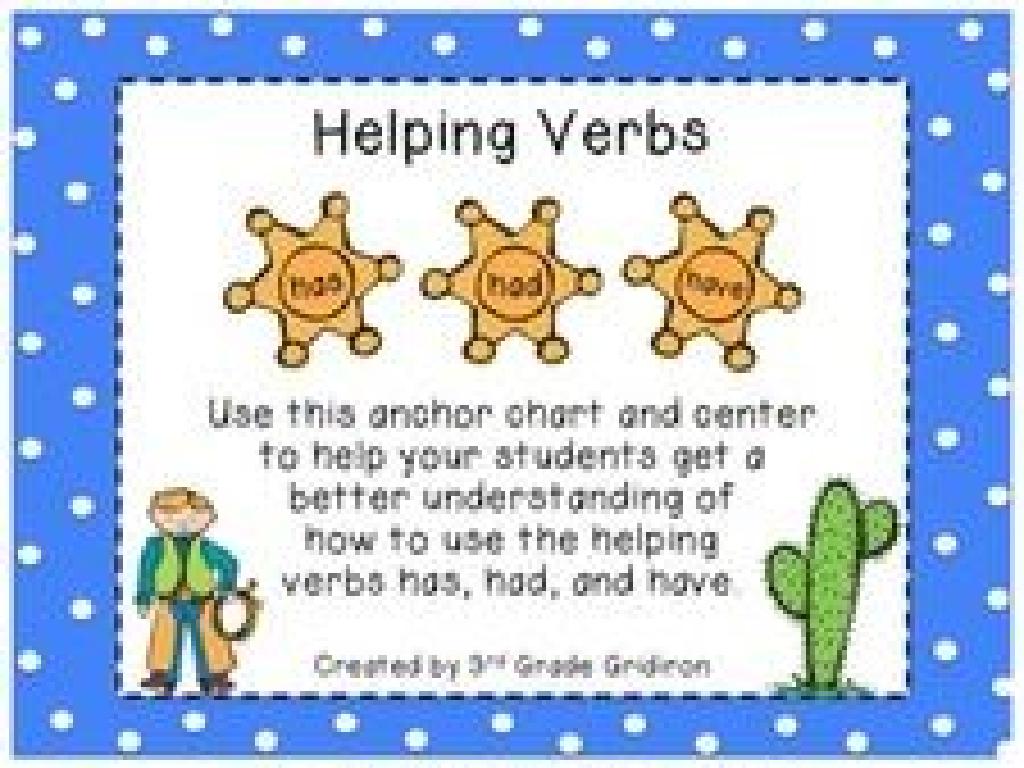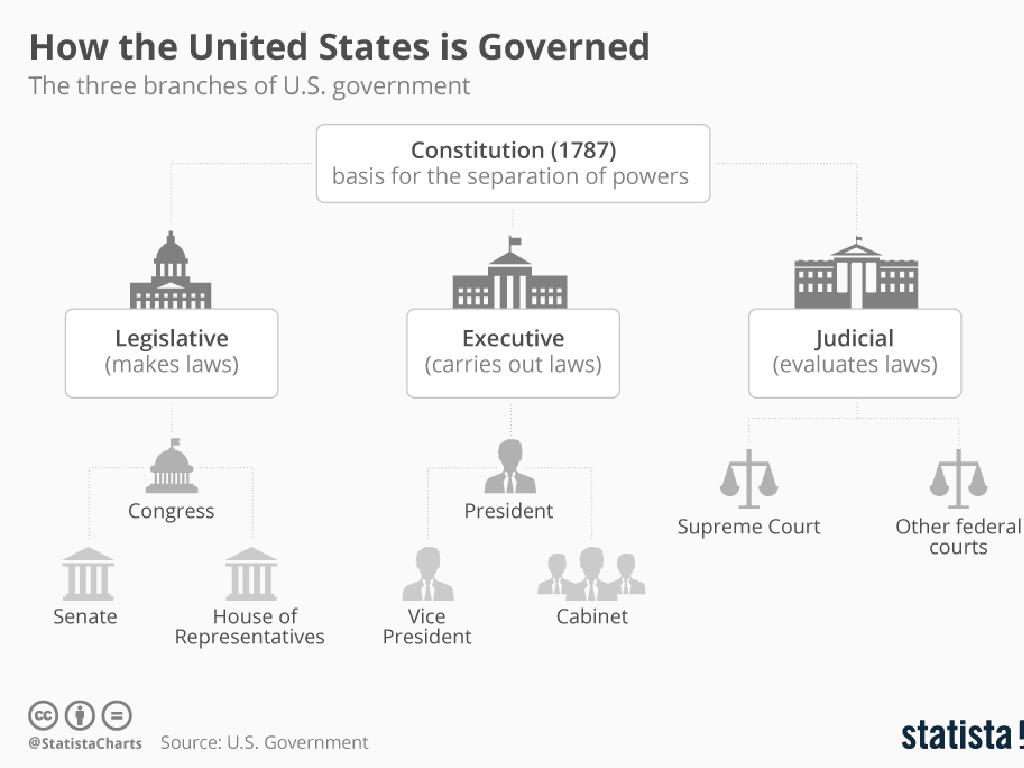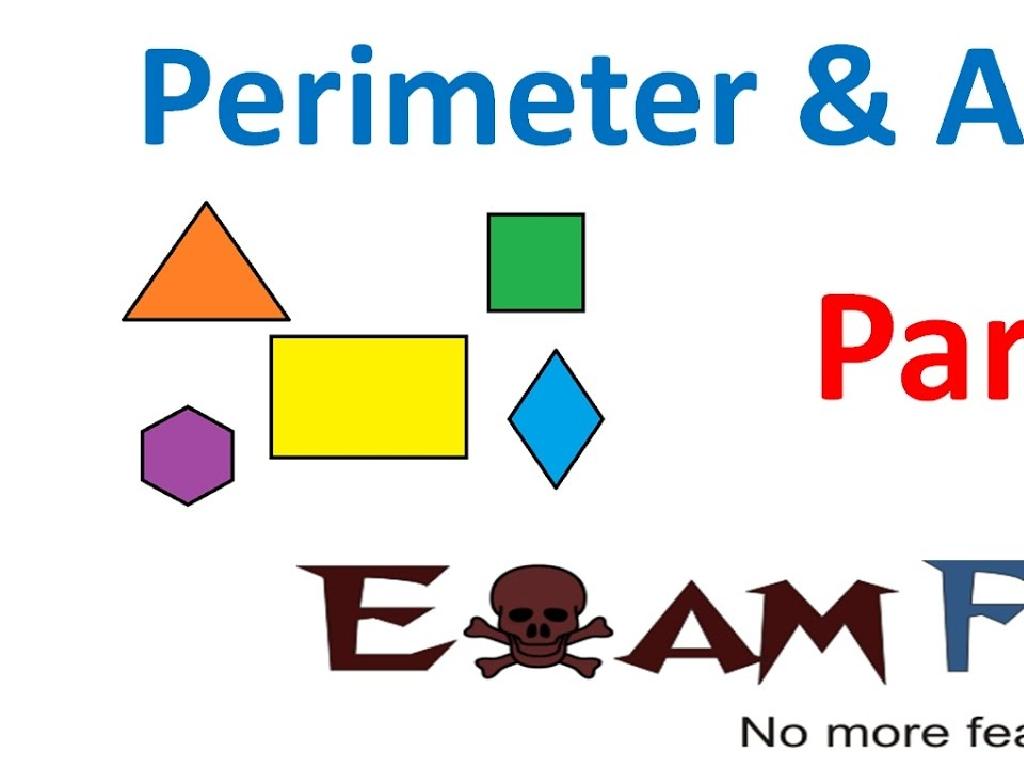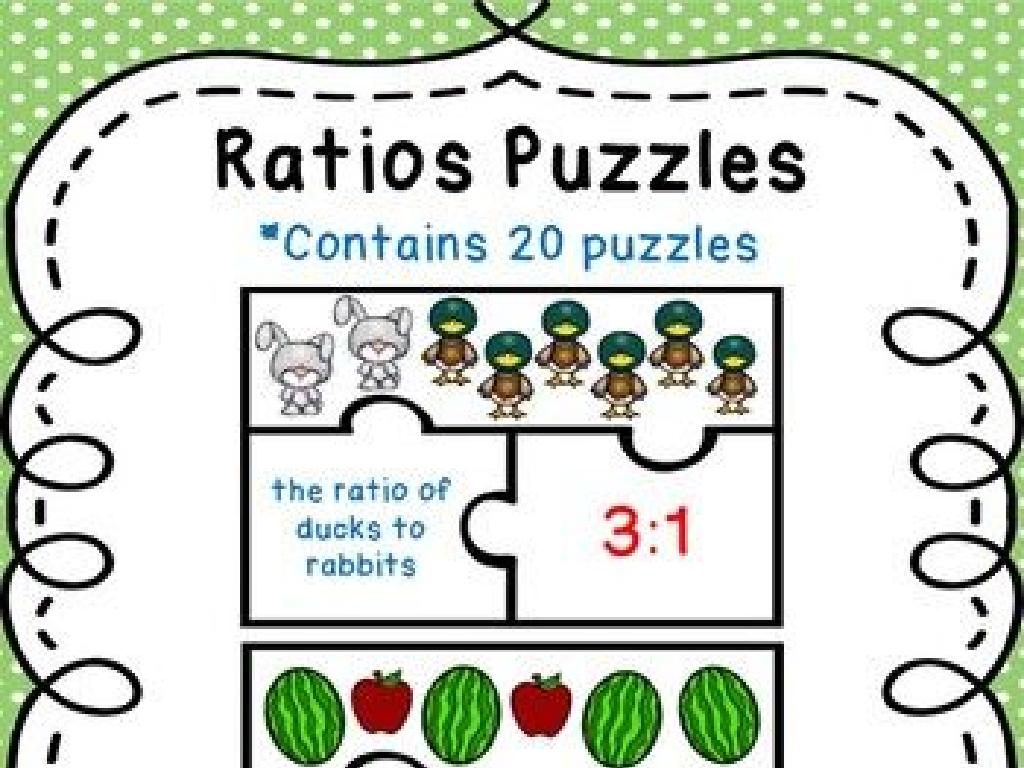Identify Homophones
Subject: Language arts
Grade: Fourth grade
Topic: Homophones
Please LOG IN to download the presentation. Access is available to registered users only.
View More Content
Welcome to Homophones!
– What are Homophones?
– Words that sound alike but have different meanings
– Same sound, different meanings
– Different spellings
– Examples: ‘to, too, two’
– ‘there, their, they’re’ are also homophones
|
This slide introduces the concept of homophones to fourth-grade students. Homophones are words that are pronounced the same way but differ in meaning, spelling, or both. It’s crucial to highlight that while they sound similar, their usage in language is distinct and context-dependent. Provide examples like ‘to, too, two’ and ‘there, their, they’re’ to illustrate the concept. Encourage students to think of other homophones they may already know and use them in sentences to demonstrate their understanding. This will set the foundation for more in-depth exploration of homophones in subsequent lessons.
Understanding Homophones
– What are homophones?
– Words that sound alike but have different meanings and spellings, like ‘to’, ‘two’, and ‘too’.
– Why do they sound the same?
– English has words from many places, making some words sound similar.
– Tricky pronunciation in English
– English pronunciation can be difficult, leading to words that sound the same.
– Examples of homophones
– ‘Flour’ (ingredient) and ‘flower’ (plant), ‘sea’ (large body of water) and ‘see’ (to view with eyes).
|
Homophones are words that sound the same when spoken but have different meanings and often different spellings. They arise in the English language due to its diverse etymology, borrowing from various languages over centuries. This can make pronunciation challenging, resulting in words that sound alike. It’s important for students to learn homophones to enhance their vocabulary and avoid confusion in writing. Provide examples and encourage students to think of other homophones they know. This will help them understand the concept and see the practical application in reading and writing.
Exploring Homophones
– ‘flower’ vs. ‘flour’
– Both sound the same but one is a plant and the other is for baking
– ‘sea’ vs. ‘see’
– One is a large body of water, the other is used for looking
– Discover more homophones
– Can you find words that sound alike but have different meanings?
– Understanding through examples
– Use these pairs to understand how homophones work
|
This slide introduces students to the concept of homophones, which are words that sound the same but have different meanings and often different spellings. Start by explaining the two examples provided, highlighting how ‘flower’ can be something you smell or admire in a garden, while ‘flour’ is a powder used for making bread and cakes. Similarly, ‘sea’ refers to the large expanse of saltwater, while ‘see’ is the verb for using our eyes to look at something. Encourage students to think of other homophones and share them with the class. This activity will help students recognize homophones in their reading and use them correctly in writing.
Homophones in Sentences
– Homophones: same sound, different meaning
– Example: ‘sea’ and ‘see’
– ‘I went to the sea to see the waves.’
– Using correct homophones matters
– Correct homophones avoid confusion
– Misuse can change the sentence’s meaning
– ‘I read a book.’ vs ‘I reed a book.’
|
This slide introduces students to the concept of homophones, which are words that sound the same but have different meanings and often different spellings. Use the example provided to show how homophones can be used in context to convey clear and accurate information. Emphasize the importance of choosing the correct homophone to ensure the sentence makes sense. Encourage students to think about how the meaning of a sentence can completely change if the wrong homophone is used, leading to misunderstandings. Provide additional examples and have students create sentences using homophones to reinforce the lesson.
Homophones Game: Listen and Identify
– Let’s play a homophones game
– Listen to the word I say
– Write down its homophone pair
– For ‘sea’, write ‘see’. What’s the pair for ‘night’?
– Get ready to test your skills
|
This slide introduces a fun and interactive game to help students understand homophones words that sound the same but have different meanings and spellings. The teacher will say a word out loud, and the students will write down its homophone pair. This activity will enhance their listening skills and reinforce their understanding of homophones. For example, when the teacher says ‘flower,’ the students should write down ‘flour.’ Prepare a list of homophones suitable for the fourth-grade level. Make sure to articulate words clearly and give students enough time to think and write down their answers. After the game, review the homophones as a class to ensure correct understanding.
Class Activity: Homophone Hunt
– Pair up for a Homophone Hunt
– Find objects with homophones
– Look for objects like ‘flower’ (flour)
– Write down the homophones
– Use a notepad to list the homophones
– Share with the class
|
This activity is designed to help students understand homophones by finding and identifying them in a fun and interactive way. Divide the class into pairs and explain that a homophone is a word that is pronounced the same as another word but differs in meaning, and may also differ in spelling. Provide examples like ‘flower’ and ‘flour’. Students will then search the classroom for objects that have homophones, write them down, and later share their findings with the class. This will not only reinforce the concept of homophones but also encourage teamwork and communication. Possible homophones to find: ‘sail’ (sale), ‘son’ (sun), ‘piece’ (peace). Be ready to assist students who may struggle and provide hints if necessary.
Homophones Mastery: Conclusion
– Congratulations on learning homophones!
– Practice is key to mastering them
– The more you practice, the better you’ll get
– Listen for homophones daily
– Notice homophones in talks, songs, and stories
– Keep growing your vocabulary!
|
This slide wraps up the lesson on homophones, congratulating the students on their hard work and encouraging them to continue practicing. Emphasize the importance of practice in mastering the use of homophones. Encourage students to actively listen for homophones in their everyday conversations, as well as in media such as music and television. This will help them understand the context in which different homophones are used. Remind them that expanding their vocabulary is an ongoing journey and that they should feel proud of the progress they’ve made.






